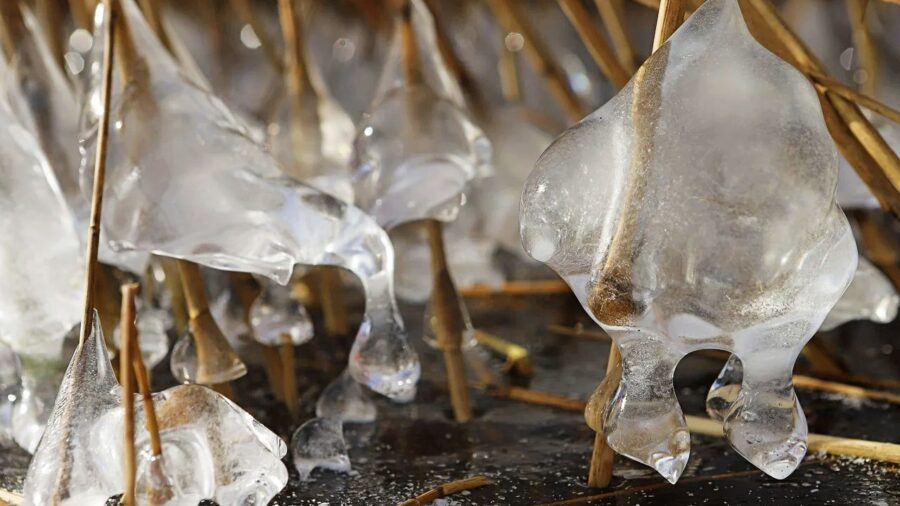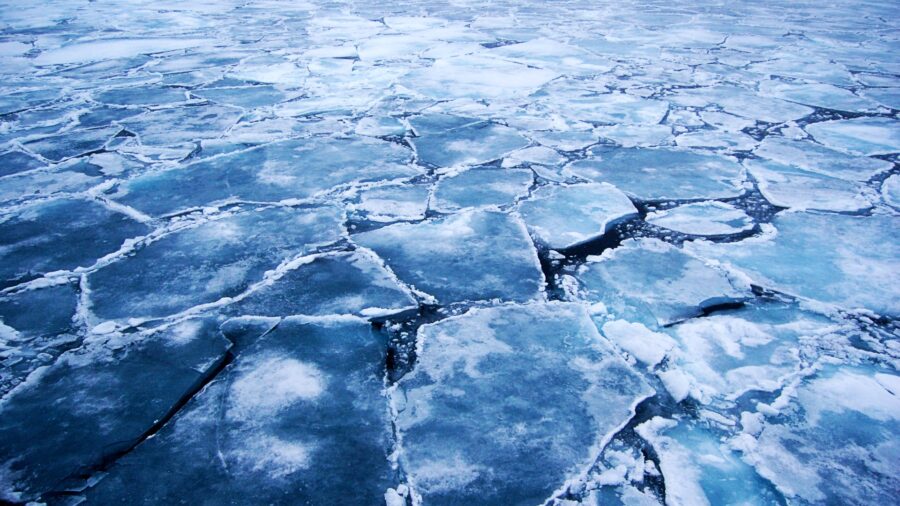Scientists Have Created A New Kind Of Ice
A research group in Las Vegas created a new form of ice that may tell us about other planets. Hopefully, they didn't need it for the bar.
This article is more than 2 years old

Scientists are always doing all kinds of interesting tests, and the latest has led to them creating a new type of ice. A group of physicists from the University of Nevada in Las Vegas was conducting a study where they put ordinary water ice under high amounts of pressure and melted it before refreezing it. This allowed them to observe a quantum transitional phase that was previously undiscovered called Ice-VIIt. This new kind o ice wouldn’t be found naturally on Earth’s surface, but it could be present in the mantles of other planets. The findings of the study were published in Physical Review B.
The substance doesn’t have a cubic structure like the ice that forms before it. Instead, it has a tetragonal structure, which explains the name Ice-VIIt. It’s apparently similar enough to Ice-VII that it retains the name, but it adds the t at the end to note the structure of the ice. Natural water ice, for perspective, forms with a hexagonal structure. In an email to Gizmodo, lead author of the study Zachary Grande noted that the significance of the finding is that the scientists studying ice have always asserted that cubic Ice-VII is the primary high-pressure phase, but now these more accurate readings paint a more precise picture.

The process to achieve the transitional phase of this substance is fairly interesting. The team used a diamond anvil cell, which presses the water molecules between two diamonds, creating incredibly high levels of pressure. Under these conditions, the team froze the molecules, used a laser to briefly melt them, and then allowed the ice to freeze again, where the transitional Ice-VIIt was observed. The conditions they created in the test were similar to pressures that you might find at the center of the Earth. Ice-VIIt also has an incredibly high melting point, requiring temperatures up to 1,340° F to liquify. Though these levels of pressure might seem extreme to those of us who aren’t studying sub-surface ice reactions on a daily basis, the study actually revealed that this type of transition occurs at a much lower pressure than scientists initially suspected. Ice-VIIt will eventually transition to Ice-X but at one-third the pressure that was previously assumed necessary.
Discovering the transition could hold interesting applications for the future, but the pressure findings may have even more implications in interplanetary studies in the near future. Grande further explained the significance of the findings, saying that recently discovered exoplanets may need to be re-evaluated in the wake of the study. These planets may have more significant water supplies than initially thought since the findings reveal that this water won’t compress. This could also mean that the actual size of the planets may be bigger than what was initially observed.
These findings reveal more than we may think. When these ice phases and transitions are observed with such precision, they can have implications and applications in both the near future and in scientific endeavors further down the line. It will be interesting to see what else comes from these studies and observations.












